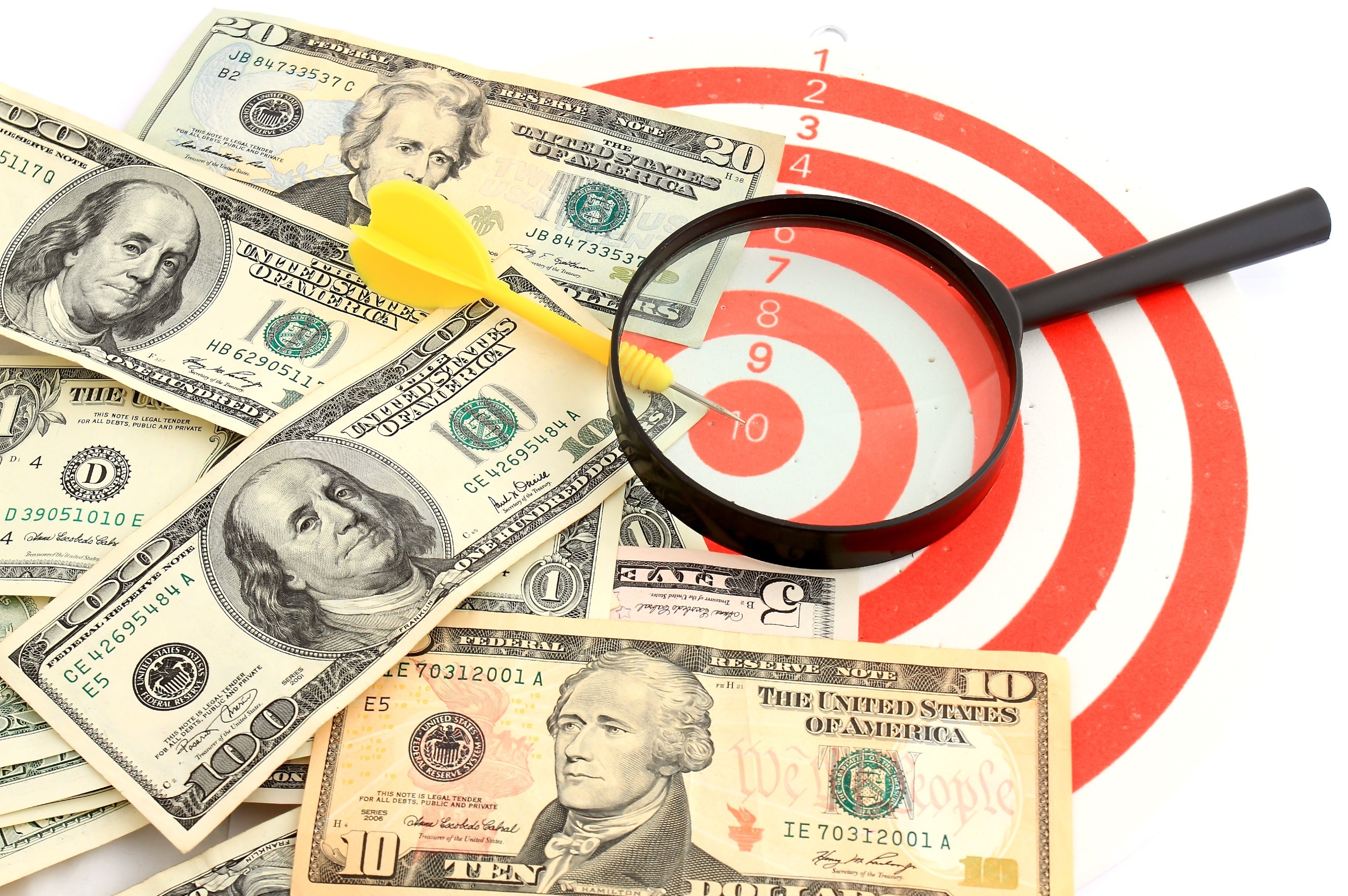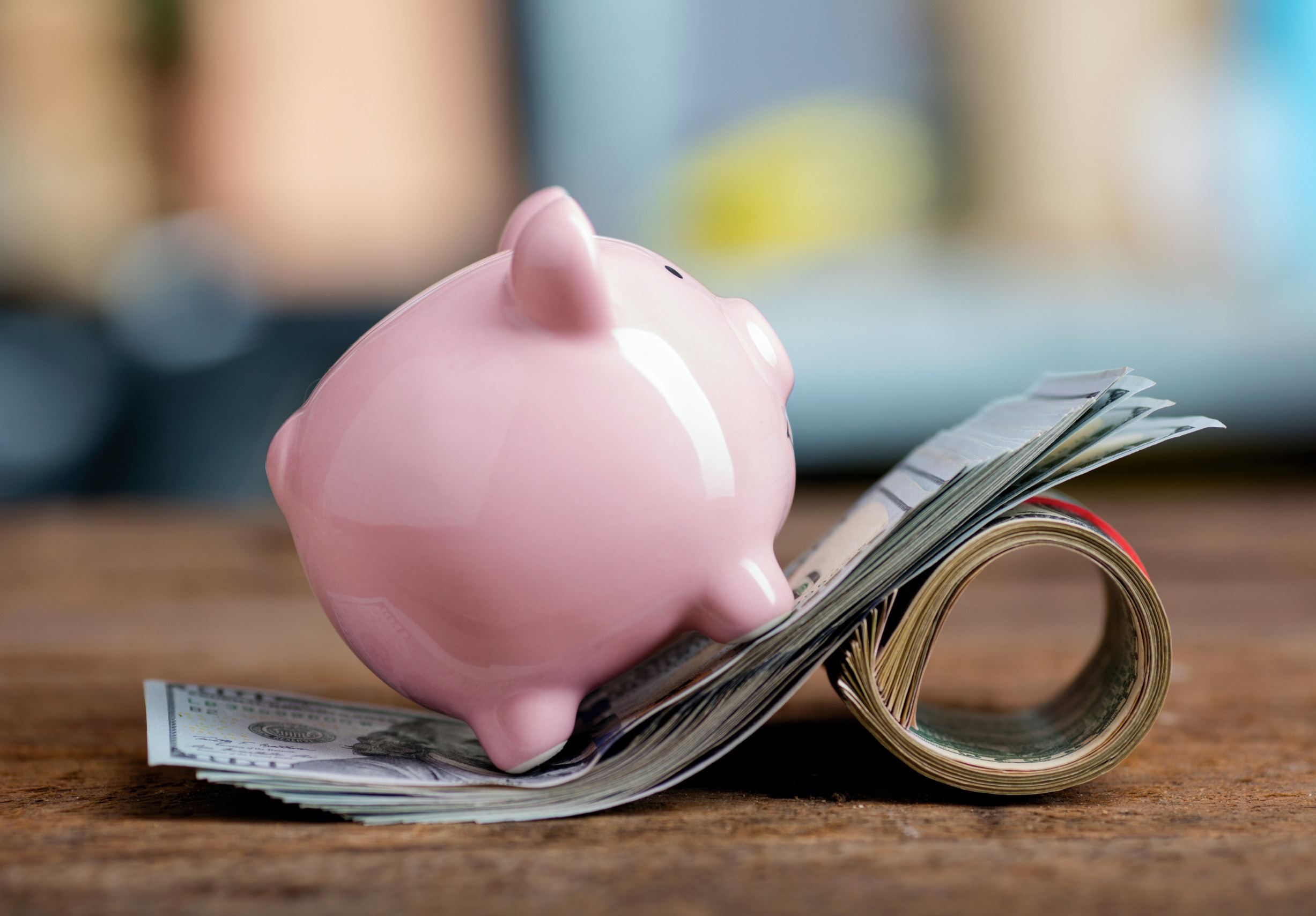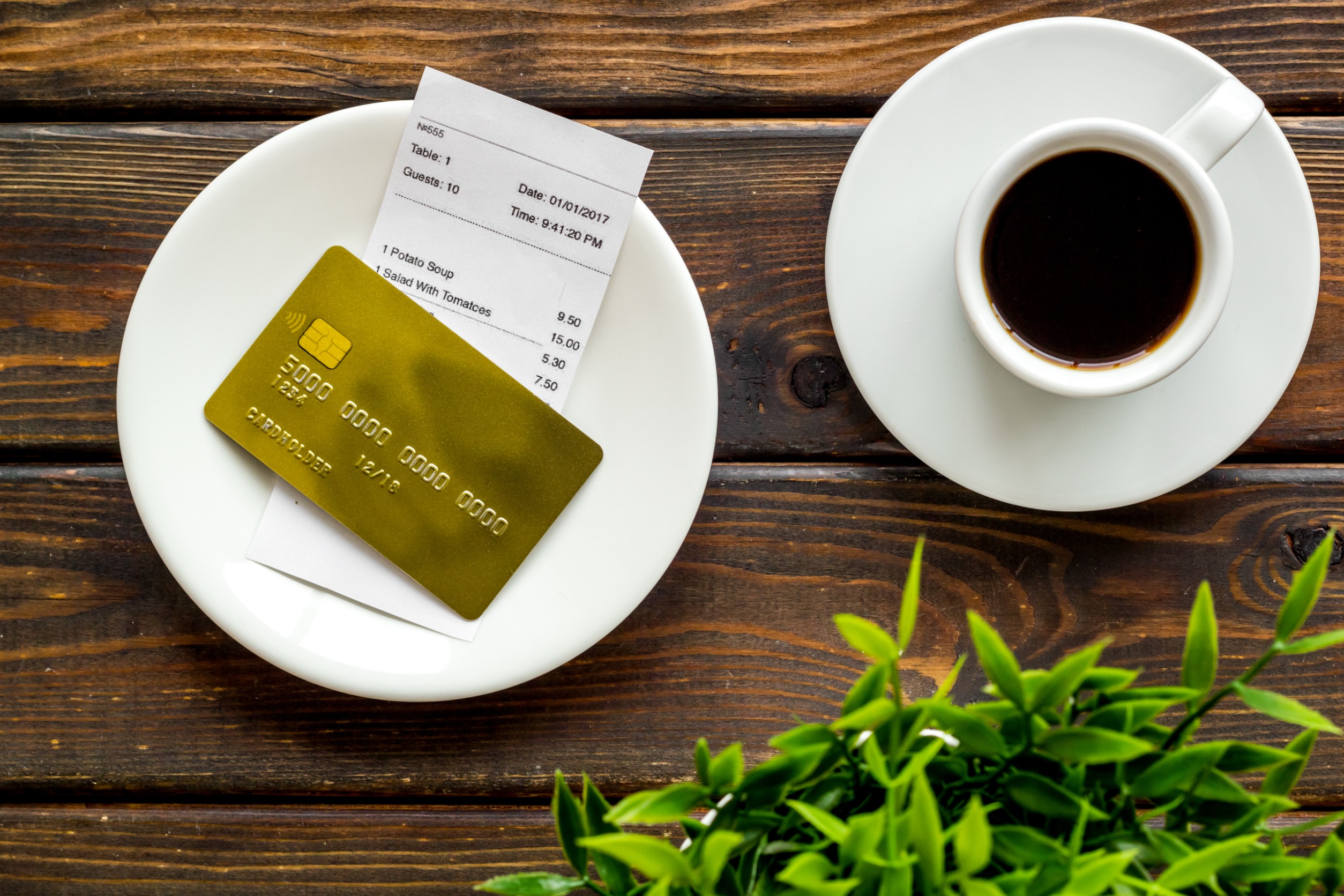123rf
In the unpredictable whirlwind of life, an emergency fund isn’t just a financial buffer, it’s peace of mind. Whether it’s a sudden job loss, an unexpected car repair, or a medical emergency, having a stash of cash set aside can transform a potential crisis into a manageable situation. Starting an emergency fund can seem daunting, especially if you’re beginning from scratch, but it’s entirely achievable with the right strategies. Here are ten practical tactics to help you build a robust emergency fund, ensuring you’re prepared for whatever life throws your way.
1. Set a Clear Goal

123rf
Starting with a clear goal is crucial in building your emergency fund. Experts recommend saving enough to cover three to six months of living expenses. Calculate your monthly expenses, and set a target that makes you feel secure. Having a specific number in mind will help you stay focused and motivated. Remember, this isn’t about reaching your goal overnight but making steady progress.
2. Start Small

123rf
The journey of a thousand miles begins with a single step and so does your emergency fund. If the thought of saving several months’ worth of expenses seems overwhelming, start small. Aim to save $100, then $500, and gradually increase your target as you get more comfortable. This method makes the task less intimidating and helps build the saving habit. Every little bit adds up, so even small contributions are a victory.
3. Automate Your Savings

123rf
Automation is the secret weapon of effective saving. Set up a direct deposit from your paycheck into a dedicated emergency fund account. This way, you save without having to think about it, and it eliminates the temptation to spend the money elsewhere. Automating ensures consistent growth of your fund, and over time, these automatic transfers add up significantly. Think of it as putting your savings on autopilot.
4. Cut Unnecessary Expenses

123rf
Take a hard look at your spending and identify areas where you can cut back. Maybe it’s dining out less, canceling unused subscriptions, or opting for more affordable entertainment options. Redirect the money you save into your emergency fund. This doesn’t mean living a joyless life; rather, it’s about prioritizing your financial security. Small spending cuts can lead to substantial savings over time.
5. Use Windfalls Wisely

123rf
Occasionally, you might receive unexpected windfalls, such as tax refunds, bonuses, or gifts. While it’s tempting to spend this “found money,” allocating at least a portion of it to your emergency fund can boost your savings dramatically. Consider diverting 50% of any windfalls directly to your emergency savings. This tactic provides a healthy balance between enjoying your current lifestyle and building financial security.
6. Increase Your Income

123rf
If cutting expenses isn’t enough, look for ways to increase your income. This could be by asking for a raise, taking on a part-time job, or starting a side hustle. Extra income can be directed straight into your emergency fund. More money coming in means more opportunities to save without compromising your current standard of living. Think creatively and leverage your skills to boost your earning potential.
7. Sell Unused Items

123rf
Most households have items that are rarely used, think old electronics, books, or clothes. Selling these items can provide a quick cash influx to bolster your emergency fund. Platforms like eBay, Craigslist, or Facebook Marketplace make it easy to sell goods you no longer need. Not only does this declutter your space, but it also turns your unused belongings into valuable savings.
8. Review and Adjust Regularly

123rf
Building an emergency fund is not a set-it-and-forget-it deal. Regularly review your progress and adjust your saving strategies as needed. If you receive a raise or decrease in expenses, consider increasing your monthly savings rate. This keeps your savings goal in line with your financial situation. Staying proactive with your finances can help you reach your target faster.
9. Reward Yourself

123rf
Setting milestones and rewarding yourself for reaching them can make the saving process more enjoyable. For example, once you save your first $1,000, treat yourself to a small reward. This keeps motivation high and makes the process of building an emergency fund less of a chore. Choose rewards that don’t undermine your savings goal, a nice meal out, for instance, rather than a lavish vacation.
10. Educate Yourself on Financial Management

123rf
Knowledge is power, especially when it comes to finances. Educating yourself about budgeting, investing, and saving can sharpen your skills in managing money. Resources are plentiful, from books and online courses to blogs and podcasts. The more you know, the better equipped you’ll be to make smart financial decisions and grow your emergency fund efficiently.
Building a Financial Safety Net

123rf
Creating an emergency fund from scratch is an empowering step toward financial independence. These ten tactics not only help you accumulate savings but also encourage a more mindful approach to your overall financial health. As you watch your emergency fund grow, you’ll gain not just financial security but also confidence in your ability to handle life’s uncertainties.
Read More
4 Reasons Why Having an Emergency Fund is Essential for a Busy Mom
The Importance of Building an Emergency Fund: Strategies for Quick Growth
The post 10 Tactics for Building an Emergency Fund from Scratch appeared first on The Free Financial Advisor.
Read the full article here
















